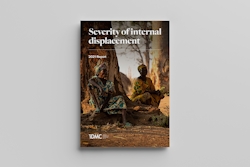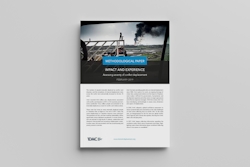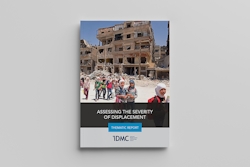Displacement severity assessments

Data and analysis to support effective decision making on solutions
Understanding the conditions in which internally displaced people (IDPs) live is essential for more effective, evidence-based policies and programmes to help achieve lasting solutions for the tens of millions of IDPs globally. IDMC conducts annual severity assessments to compare the living conditions of internally displaced households to those of returnee and non-displaced households in the same country, including access to adequate housing, stable income, food security and education, as well as the fear of exposure to conflict or violence, explosive hazards and other threats.
To do this, IDMC leverages existing data collected by REACH for Multi-Sector Needs Assessments (MSNA) and similar exercises to assess progress against the key components of the IASC Framework for Durable Solutions Framework Criteria. This assessment supports the objectives of the Secretary-General’s Action Agenda on Internal Displacement for high-quality and trusted data and analysis to inform action, and helps government, humanitarian and development actors to identify remaining challenges that require attention for IDPs to progress towards durable solutions.
Learn more about the 2024 IDMC severity assessments
Internally displaced people (IDPs) report higher levels of food insecurity, lack of adequate housing, and lack of access to stable income compared to non-displaced people according to findings from the Internal Displacement Monitoring Centre (IDMC’s) Severity Assessments 2024
Previous IDMC severity assessments
Starting in 2017, IDMC has researched the severity of displacement for different populations of internally displaced people. With a scarcity of available data, the work was predominantly qualitative, drawing upon a combination of our expertise and rigorous desk research. The methodology evolved over time through different iterations, as new data sources became available. In 2023, we adopted a new methodology using REACH data to provide a quantitative analysis comparing the conditions of internally displaced households with those of non-displaced and returnee populations. The below resources prior to 2023 are based on previous work using different methods.








